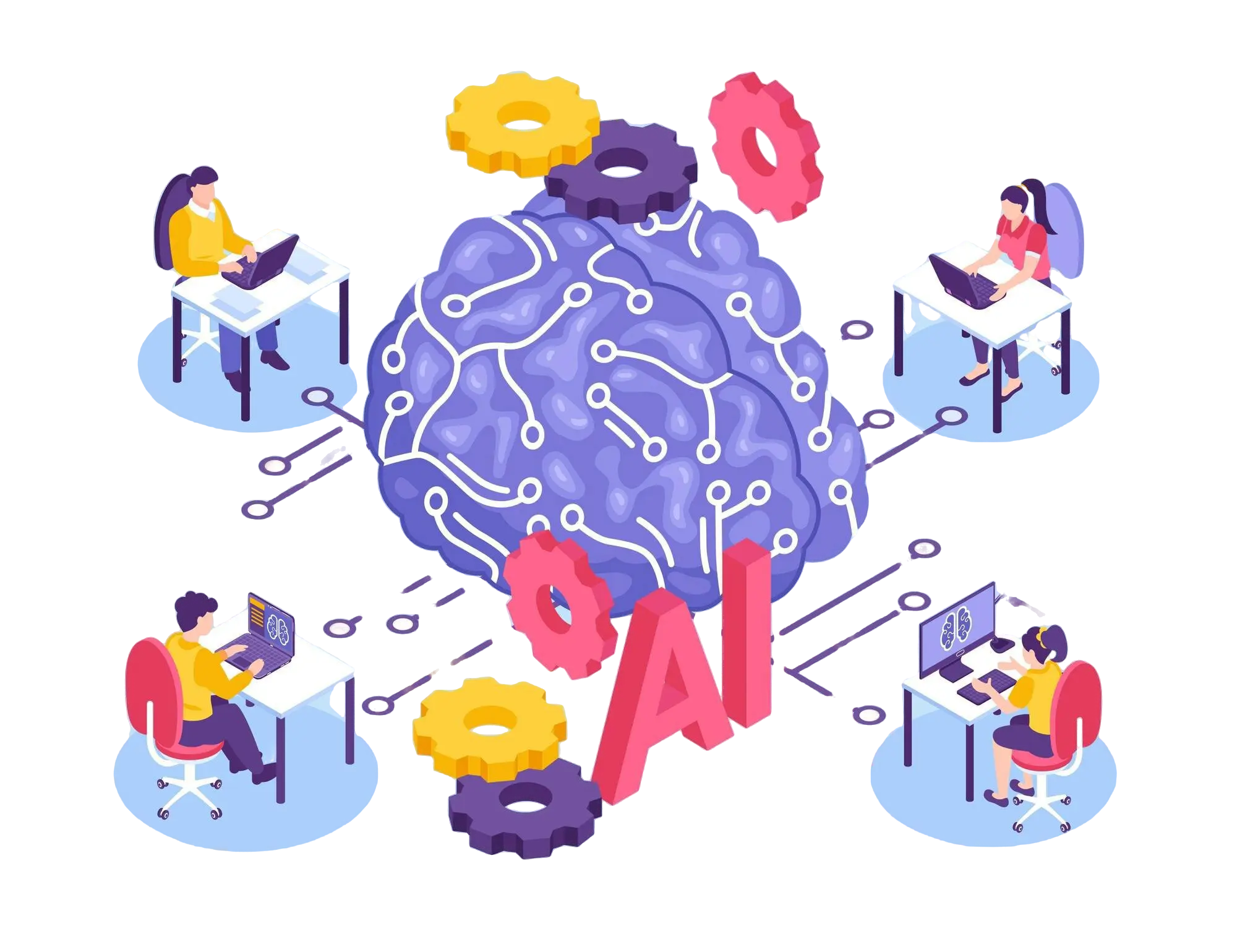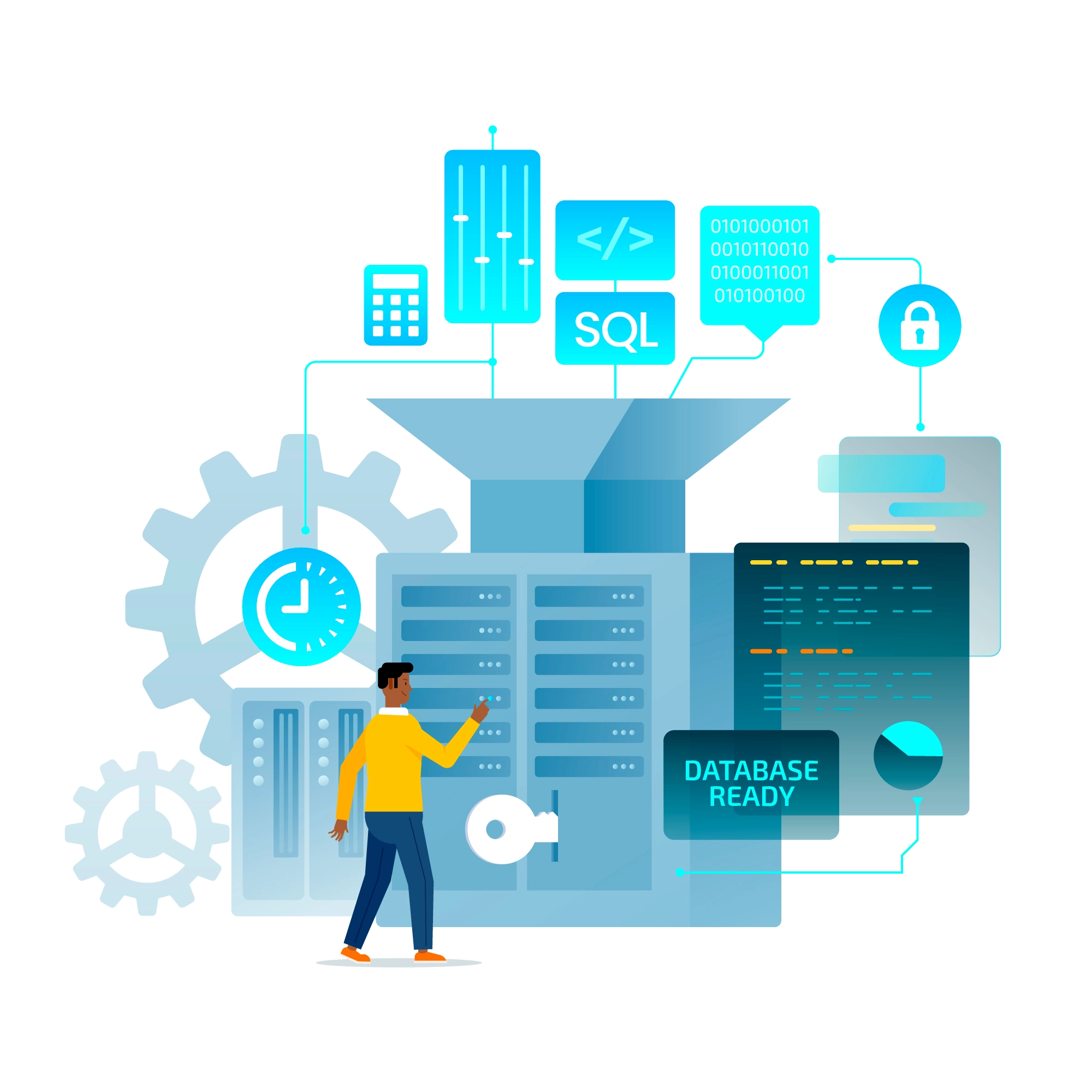In the grand tapestry of Artificial Intelligence (AI), Natural Language Processing (NLP) emerges as a vibrant thread, weaving together human language and machine understanding in a dance of complexity and potential. NLP, a subfield of AI, focuses on the interaction between computers and humans through natural language. The goal is to enable computers to understand, interpret, and generate human languages in a valuable way. As this technology advances, it’s breaking barriers across various domains, revolutionizing how we interact with machines, access information, and understand the world around us.
The Power of Language in AI
Language is the essence of human communication, laden with nuances, emotions, and complexities. NLP sits at the heart of this interaction, aiming to dismantle the longstanding barrier between human language and computational understanding. In short, it uses machine learning, deep learning, and linguistic models to process and analyze large amounts of natural language data, making sense of human speech and text in ways that were once the realm of science fiction.
Transforming Human-Computer Interaction
One of the most visible impacts of NLP is its role in transforming human-computer interaction. Virtual assistants like Siri, Alexa, and Google Assistant have become household names, capable of understanding and responding to voice commands with increasing accuracy. This seamless interaction marks a significant departure from the rigid, command-line interfaces of the past, making technology more accessible and intuitive for users worldwide.
Democratizing Information Access
NLP technologies such as machine translation and automated summarization are breaking down language barriers, democratizing access to information. Tools like Google Translate enable users to translate texts or web pages instantly, making content accessible across language divides. Similarly, summarization algorithms can distill long articles into concise summaries, making it easier for users to consume and understand large volumes of information.
Enhancing Accessibility
NLP is also a powerful ally in enhancing accessibility for individuals with disabilities. Text-to-speech and speech-to-text technologies enable those with visual impairments or reading difficulties to interact with digital content more freely. For people with hearing impairments, real-time speech recognition and transcription services provide a means to engage in conversations and access auditory information in text format.
Revolutionizing Healthcare
In the healthcare sector, NLP is breaking new ground by enabling more efficient data management and patient care. By analyzing patient records, clinical notes, and research papers, NLP can help identify patterns, predict outcomes, and assist in diagnosing conditions. This capacity to sift through vast amounts of text data can significantly reduce the administrative burden on healthcare professionals, allowing them to focus more on patient care.
Navigating Challenges
Despite its impressive strides, NLP faces its share of challenges. Language is inherently complex and context-dependent, making it difficult for AI systems to grasp nuances, sarcasm, and idioms accurately. Additionally, bias in training data can lead to biased AI models, reflecting and potentially amplifying societal prejudices. Therefore, addressing these challenges requires ongoing research, diverse datasets, and innovative approaches to model training and development.
The Path Forward
The future of NLP holds exciting possibilities, from more sophisticated chatbots and virtual assistants to advanced sentiment analysis and beyond. As NLP technologies continue to evolve, they promise to further bridge the gap between human language and machine understanding, making our interactions with technology more natural, efficient, and meaningful.
Conclusion:
In this journey of breaking barriers with NLP, we stand at the precipice of a new era in AI. It’s an era where machines not only understand the words we say but also grasp the intent and emotions behind them, enriching the human experience in ways we are only beginning to imagine.
Found this article about NLP in AI groundbreaking?
Share it with your network and spark some conversations!
Want more insights on AI and tech innovation? Check out our other articles and learn more about what Hoods Hub is building! Click Here
Share this article and let us know!




